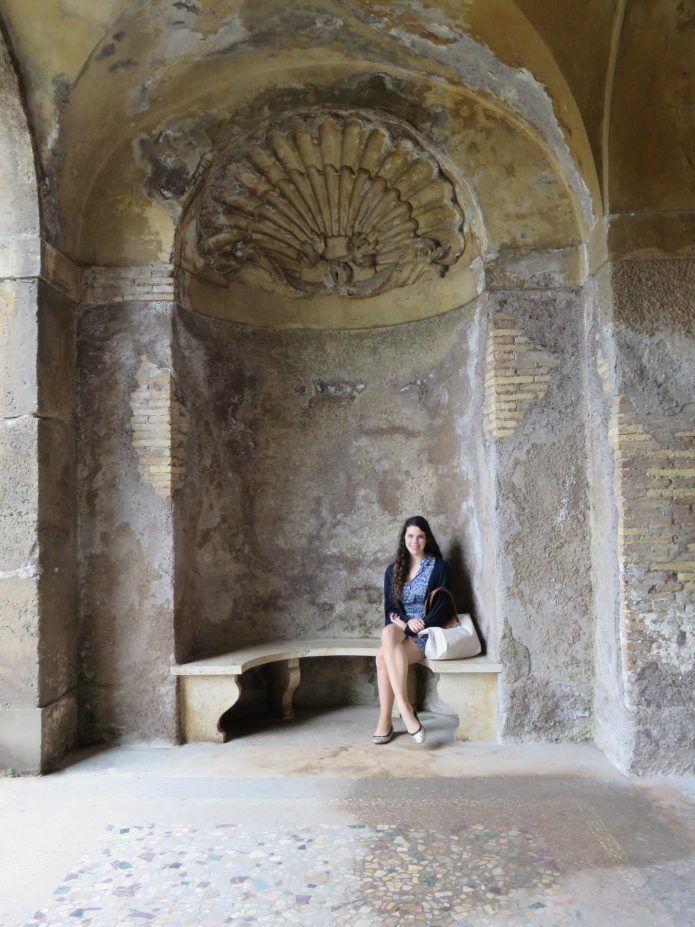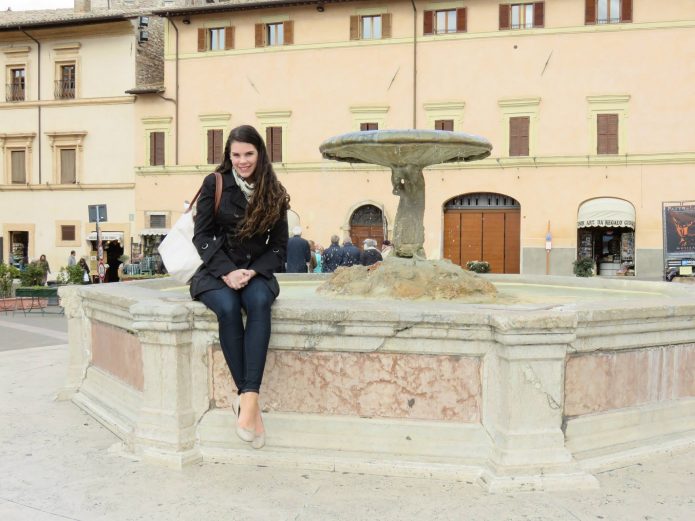Context
This case study is an example of my reasoning and written communication. I created this work recently for my CLST/PHIL 211 class to argue how best to respond to a situation in an ethical manner. This work makes me proud because it inspired me to think critically about my stance on ethical situations. It demonstrates my ability to reason and lead a healthy life inspired by my values. Ethics translates into my life and my values as a human being and a caring person. It is important to me to have ethical values in my life and know that I am a good person.
The primary values that motivate Alice are: individuality, excitement, freedom, family security, justice and courage.
Alice’s love of travel is evidence of a free spirit that wants to experience the world. Her choice of Peru rather than the more cosmopolitan countries of Europe display an individuality that is looking for more than just the usual tourist attractions. That she lodged “for a few nights in other people’s homes” informs us that she is not someone who seeks out the safety of hotels but wants to experience the excitement of living with real people. It may be the case that she could not afford hotels, but lodging alone for a single girl in the homes of acquaintances of strangers can sometimes be daunting.
Her relationship with her brother is a demonstration that family security is an important value for Alice. She relied on her brother to clean and rent her place while she was traveling, and later secured for him an apartment when she assumed her new role as a property manager. Later, when her brother was evicted, her anger over his treatment was instrumental in galvanizing her action against her employer.
Her values of justice and courage were evident when she exposed the business model of her employers owing to their displacement of people like her brother in order to maximize their profits. It took courage to do so because it meant sacrificing her job and probably a future job in a field in which she was comfortable and confident.
I do not, however, think these values played a central role in her decision to expose her employers. In fact, I will argue that her primary values were undermined by the unresolved contradictions in her thoughts and behavior.
A closer look at the trajectory of Alice’s life shows that her primary values of freedom, excitement, individuality and family security were being enabled and ultimately subsidized by her unwitting landlord. Subletting an apartment without informing your landlord is a breach of the BC Landlord Tenant Agreement. Rental agreements have a function – an end, a telos- to safeguard both the renter and the landlord. Its purpose cannot be arbitrarily changed by one of the parties. To do so is a subversion of justice which, among other things, is a respect for property and a fulfillment of obligations. But Alice’s notion of justice is undefined. She is more interested in relating it to her own self-interest and is willing, like Thrasymachus in his debate with Socrates, to trifle with the concept of justice so that it aligns with her own ethical egoism. That, however, does not seem to stop her from presenting herself as an advocate for social justice.
This hardly seems like a great crime, but as Aristotle reminds us: “a small mistake made at the beginning is equal to all the mistakes made in the rest of the business” (Aristotle 187). In Alice’s case Aristotle is right. Using a popular web service for acquiring short term tenants was putting her landlord’s apartment in jeopardy. Landlords, in most cases, thoroughly vet their prospective tenants in order to protect their property from damage. There is no indication that either Alice or her brother was doing that. Also, inviting her brother to partake in her scheme was encouraging him to be part of a corrupt arrangement rather than pursuing her primary value of family security.
Again, almost all of these primary values were buttressed by subterfuge and her ability to manipulate circumstances to her advantage (using her strong written and verbal communication skills). She was even able to place her brother in an apartment in the building she managed. In the tight rental market of Vancouver, nepotism is not exactly serving the justice of the common good.
Her decision to expose the business model of her employer did not follow naturally from her values. Her protest on behalf of justice and the courage to do so were crude caricatures of her values. In fact, her employer was simply following, albeit on a larger scale, a similar business model she had employed when she was renting and subletting her apartment near Jericho Beach.
All along she has merely willed her own desires and appetites. Indeed, she has profited through her skills in manipulating others. Certainly she was aware of what she was doing because the charges she brought against her employer could have been turned against her. She has managed, however, to hide this from herself by constructing rationalizations for her behavior: helping her brother, expressing her freedom and individuality through travel etc.
The pain she finally felt was not so much from an outraged sense of justice concerning her community, but was, rather, guilt over the rationalization of her behavior combined with revenge against her brother’s eviction; and her courage was little more than a sham moralistic crusade that was accompanied by the pleasant frisson of being a whistle blower.
To bridge the gap between her view of herself and reality, Alice should have considered the values of self-respect, honesty and wisdom. It is the irony of Alice’s life that her attempt to follow her values was the chief source of her suffering. Like Protagoras in his challenge to Socrates, she deceived herself into thinking that her values (and virtues) did not need to be unified and that they were immune from the influence of her private life. Socrates, Plato and Aristotle, however, remind us that values are only conditionally good. We cannot pick and choose values as if we were picking our preferred foods in a cafeteria; rather there is a deep bond that links all primary values together.
Socrates encourages us to pursue values as part of a quest which will help us to see that these values are “not a mere collection of independent worthwhile things for human beings to possess”(John Cooper 55). but rather a way to wisdom. Values are not distinct from each other; one cannot have one without the others; one should aim at value (or virtue), not values (and virtues). Plato reminds us of the unity within ourselves and enjoins to bring our reason, our spirit and our appetites into harmony. And Aristotle offers the practical advice that our values should not simply be disengaged moral concepts or choices, but, rather, must work in unison with our non-rational feelings, desires and emotions which must be put in order by good habits (resulting in honesty and self-respect).
In other words, Alice needs to understand that her values cannot be separated from her personal behavior. The values of wisdom, honesty and self-respect would play a salutary role in helping her to integrate her initial primary values into her everyday life.
Those values and virtues would have encouraged her to make the same decision but it would have been done for the right reason, that is, for the sake of the common good rather than been propelled by personal faults.
Works Cited
Aristotle, Ernest Barker Sir, and R. F. Stalley. Politics, Oxford University Press, Oxford, 1998.
Cooper, John M., Pursuits of Wisdom: Six Ways of Life in Ancient Philosophy from Socrates to Plotinus, Princeton University Press, Princeton, 2012.


